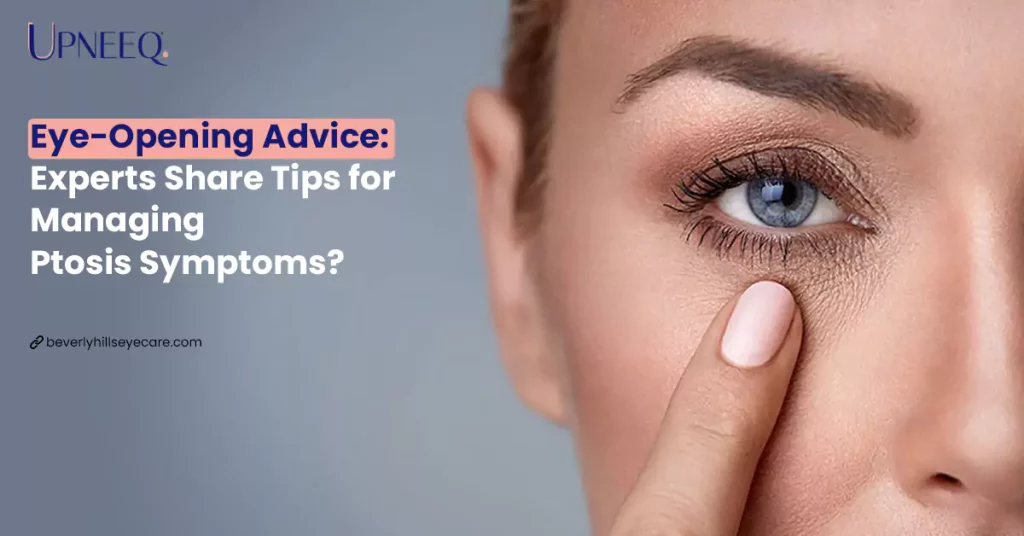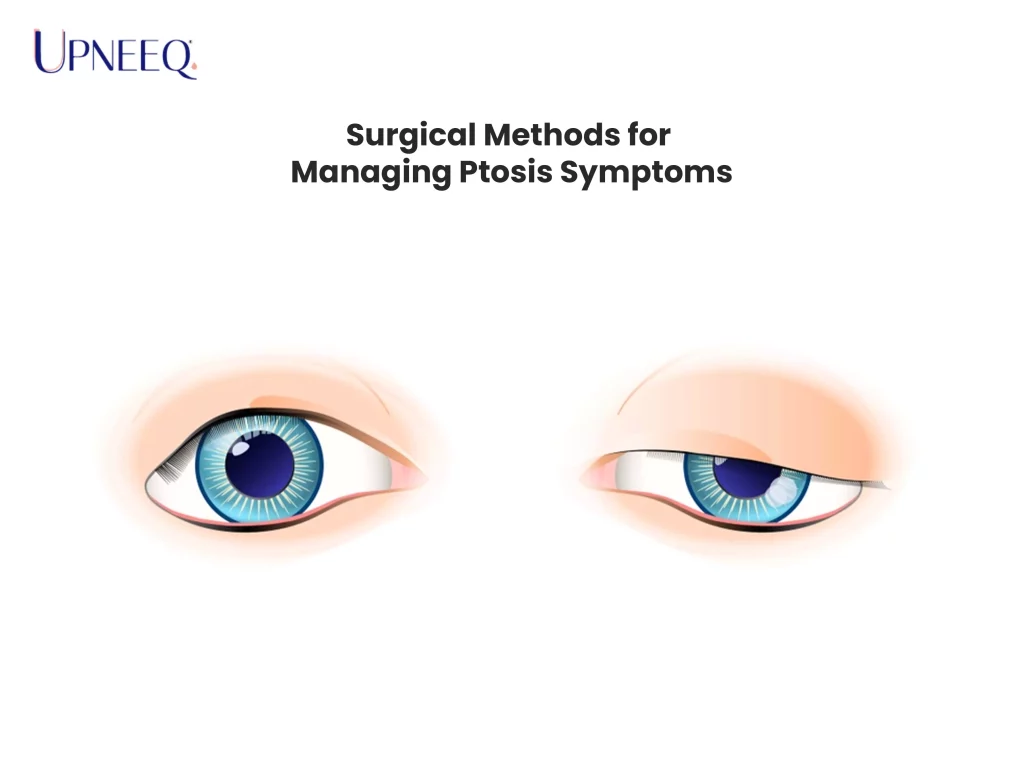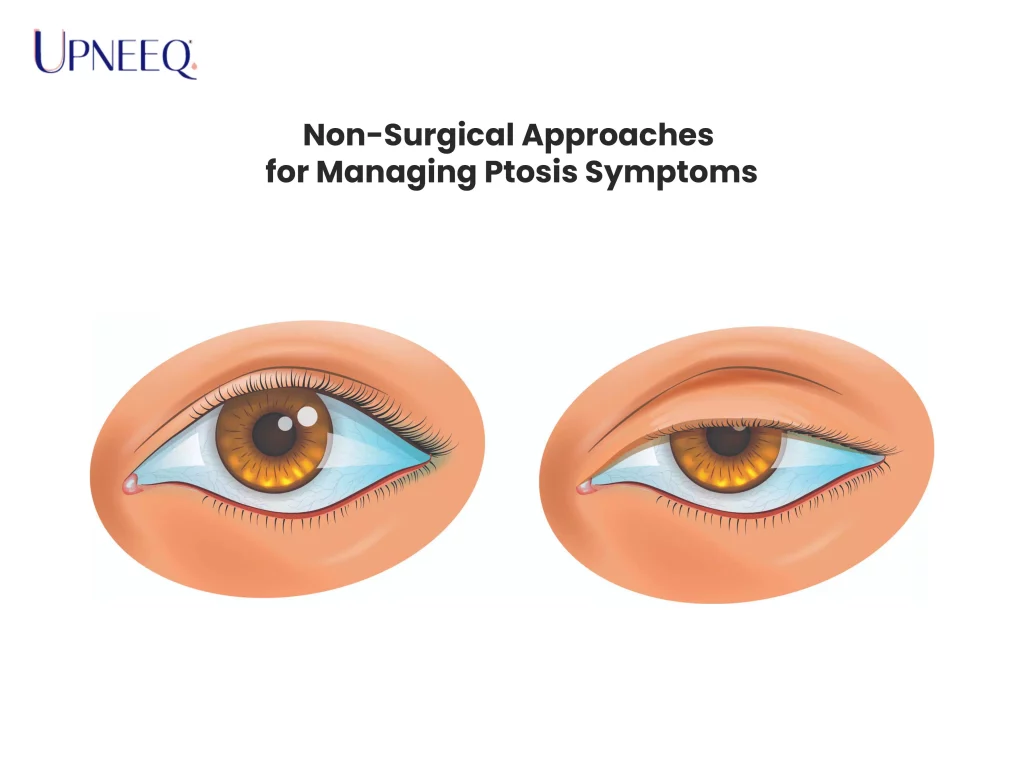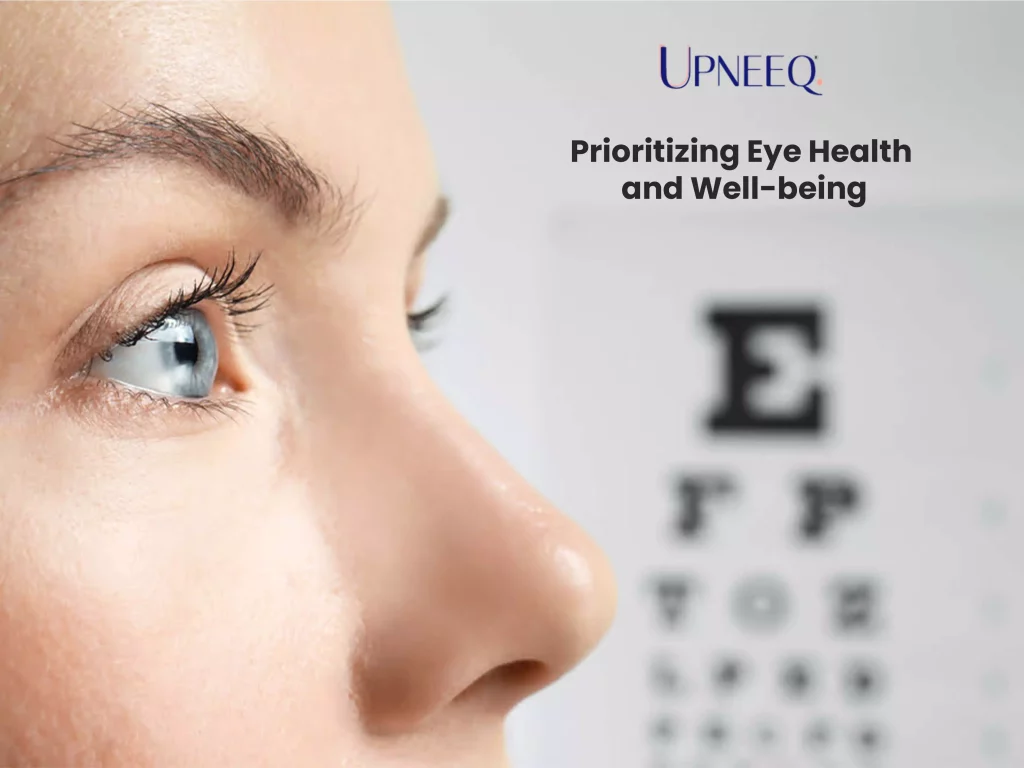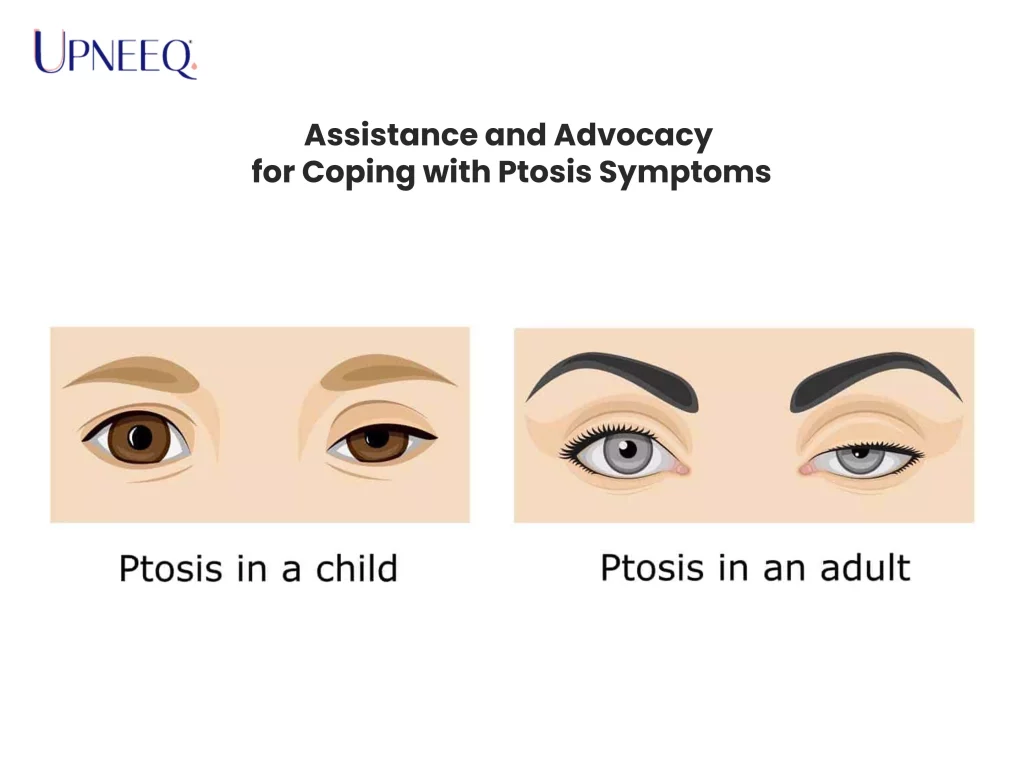Ptosis and its Impact on Vision
Have you ever noticed someone with droopy eyelids? That’s called ptosis, and it’s more than just a unique look. Ptosis (toe-sis) refers to drooping of the upper eyelid, which can impact your vision and self-confidence. Imagine having a curtain partially blocking your window – that’s what it’s like for people with ptosis.
Ptosis isn’t just about appearance; it can affect how well you see the world. When the upper eyelid sags, it may obstruct your vision, making it challenging to see clearly. This can lead to eye strain, headaches, and even difficulty reading or watching TV.
But it’s not just physical; ptosis can also impact self-confidence. Feeling like your eyes look different from others may make you feel self-conscious. It’s essential to understand that ptosis is a medical condition, and seeking expert diagnosis and treatment is crucial.
The Importance of Seeking Expert Diagnosis and Treatment
If you or someone you know has droopy eyelids, it’s essential to consult with an eye care professional. They can determine if it’s ptosis or another eye-related issue. Early diagnosis is key to preventing potential vision problems and addressing any impact on self-esteem.
Active voice is crucial when discussing medical conditions, so when you notice droopy eyelids, see an eye specialist promptly. However, if you are looking for a consultant and want advice regarding the Upneeq use, contact Beverly Hills. Now, let’s explore the various treatment options available.
Experts’ Tips for Managing Ptosis Symptoms
Treatment Options
Now that we understand ptosis let’s explore the diverse treatment options available to address ptosis. There are several ways to lift those droopy eyelids, from surgical to non-surgical approaches.
Surgical Methods for Managing Ptosis Symptoms
Blepharoplasty
Blepharoplasty, or eyelid surgery, is a common surgical procedure for ptosis. Excess skin, muscle, and fat are removed or repositioned during this surgery to improve the eyelid’s appearance and functionality. It’s like lifting your eyelids, restoring a more open and natural look to your eyes.
Brow Lifts
Sometimes, ptosis is linked to eyebrow positioning. A brow lift is a surgical procedure that elevates the eyebrows, indirectly correcting the drooping of the upper eyelids. This procedure improves vision and contributes to a more youthful and alert appearance.
Ptosis Crutches (Levator Pexy)
Ptosis crutches involve reattaching the levator muscle, which is responsible for lifting the eyelid. This surgical technique helps restore the natural position of the eyelid, ensuring better vision and symmetry between the eyes.
Non-Surgical Approaches for Managing Ptosis Symptoms
Eyelash Curlers
For those looking for non-invasive options, eyelash curlers can provide a temporary lift to the eyelids. While not a permanent solution, curling your lashes can create the illusion of more open and lifted eyes.
Makeup Techniques
Makeup can work wonders in camouflaging ptosis. Using eyeshadow, eyeliner, and mascara strategically can draw attention away from droopy eyelids, enhancing the overall appearance of your eyes.
Contact Lenses
Believe it or not, the type of contact lenses you wear can influence how your eyes look. Some contact lenses can make eyes appear more extensive and open, counteracting ptosis’s effect.
Transitioning from surgical to non-surgical options provides a range of choices for individuals with ptosis. The key is finding the right solution that aligns with your preferences and medical needs. As we explore these options, it’s crucial to remember that prioritizing eye health is paramount.
Prioritizing Eye Health and Well-being
Guardianship of Your Vision
Beyond the treatment options, maintaining overall eye health is crucial for everyone, including those with ptosis. Explore some essential practices to ensure your eyes stay healthy and vibrant.
Protecting Eyes from Sun Damage
Like your skin, your eyes need protection from the sun’s harmful rays. UV rays can contribute to various eye issues, including cataracts and macular degeneration. Invest in sunglasses blocking UVA and UVB rays; wear a wide-brimmed hat for extra shade, especially on sunny days.
Reducing Eye Strain
Whether studying, working, or enjoying screen time, prolonged focus can strain your eyes. Follow the 20-20-20 rule: every 20 minutes, take a 20-second break and look at something 20 feet away. This simple practice helps reduce eye strain and keeps your eyes refreshed.
Managing Stress
Believe it or not, stress can affect your eyes. Practice stress management techniques such as deep breathing, meditation, or engaging in hobbies you enjoy. Taking care of your mental well-being indirectly contributes to the health of your eyes.
Prioritizing these practices will benefit individuals with ptosis and anyone looking to maintain good eye health throughout their lives. Now, let’s discuss the importance of community support and advocacy.
Assistance and Advocacy for Coping with Ptosis Symptoms
Building Bridges and Raising Voices
Living with ptosis can sometimes feel isolating, but you’re not alone. Connecting with communities and advocating for yourself can significantly impact your journey. Let’s explore the importance of support and how you can raise awareness about ptosis.
Connecting with Ptosis Communities
Joining online or local ptosis communities can provide a sense of belonging and understanding. Share your experiences, learn from others, and gain valuable insights into managing and coping with ptosis. Knowing that others face similar challenges can be empowering and comforting.
Raising Awareness About the Condition
Education is a powerful tool. You raise awareness by sharing information about ptosis with friends, family, and your community. Increased awareness fosters understanding and helps reduce stigmas associated with ptosis.
Advocating for Oneself in Treatment
As a person with ptosis, it’s important to participate actively in your treatment journey. Ask questions, seek second opinions if needed, and collaborate with your healthcare provider to ensure you receive the best care possible. Your voice matters in your health journey.
FAQs – Managing Ptosis Symptoms
Can ptosis affect my vision?
Yes, ptosis can obstruct your vision, leading to eye strain, headaches, and difficulty reading or watching TV. Seeking professional diagnosis and treatment is crucial to address these issues.
How can I distinguish ptosis from other eye-related issues?
If you notice droopy eyelids, consulting with an eye care professional is essential for an accurate diagnosis. Early detection is key to preventing potential vision problems and addressing any impact on self-esteem.
What are the available treatment options for ptosis?
Treatment options range from surgical methods like blepharoplasty and brow lifts to non-surgical approaches such as eyelash curlers, makeup techniques, and specific contact lenses. The choice depends on individual preferences and medical needs.
Is eyelid surgery the only effective treatment for ptosis?
No, there are both surgical and non-surgical options available. The choice depends on the severity of ptosis and individual preferences. Non-surgical options like makeup techniques and contact lenses can provide temporary relief.
How important is early diagnosis for ptosis?
Early diagnosis is crucial to prevent potential vision issues and address the impact on self-esteem. Seeking professional advice promptly allows for timely intervention and a better prognosis.
Do non-surgical approaches provide a long-term solution for ptosis?
Non-surgical approaches such as makeup techniques and contact lenses offer temporary relief and can be part of an ongoing management plan. However, surgical methods may provide a more permanent solution for some individuals.
What practices contribute to overall eye health, especially for individuals with ptosis?
Protecting eyes from sun damage with UV-blocking sunglasses, reducing eye strain with the 20-20-20 rule, and managing stress contribute to maintaining good eye health for individuals with ptosis and others.
Final Thoughts
So, to sum it up, if someone has droopy eyelids (ptosis), there are ways to fix them. You can do surgeries or try simpler things like wearing the right lenses or makeup tricks. Taking care of your eyes is super important, too, like wearing sunglasses in the sun and not straining your eyes too much.
But it’s not just about fixing the droopy eyes; it’s also about finding friends who get it and telling people about ptosis so they understand. If you or someone you know has ptosis, don’t worry – there’s a bright future ahead with lots of help and understanding. Keep your eyes open to the support around you!



